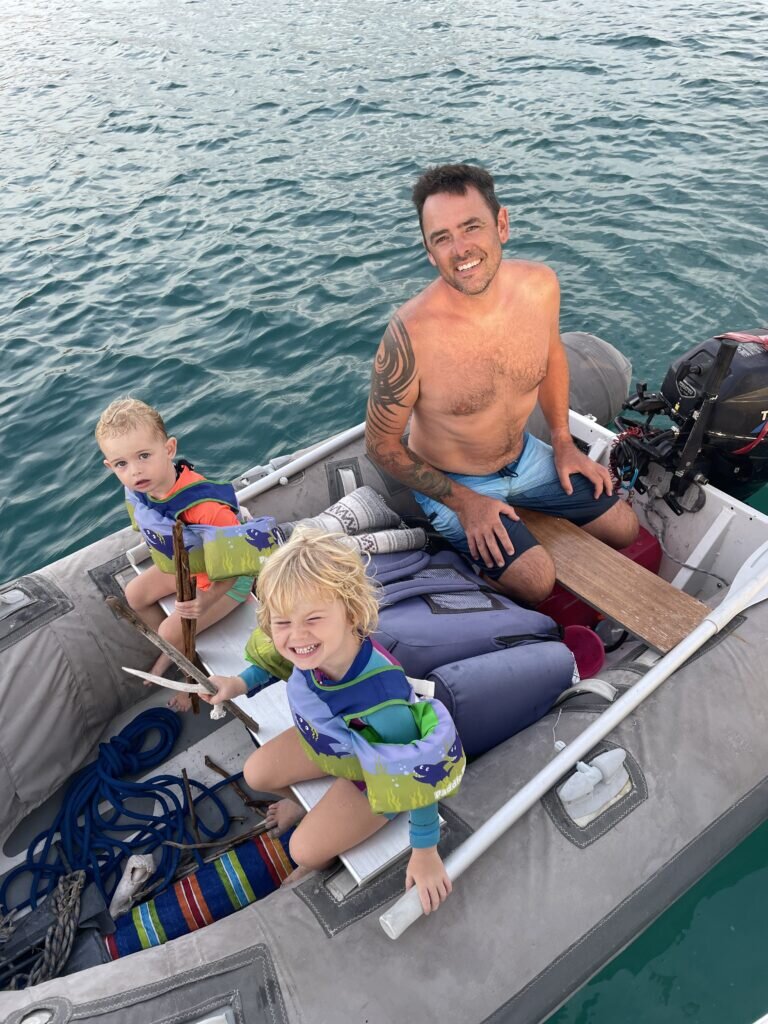Doing some adulting. Less fun, but necessary.
Surprise! Skookum V has been pulled out of the water, and we find ourselves back in Puerto Peñasco, the town from whence we launched the boat back in January! Why, you may ask? As my dear friend Julie said to me this morning, we’re ‘doing some adulting. Less fun but necessary.’ So, here is the convoluted explanation about how we’ve gone from whale sharks to dirt and gravel.
We need to clean and paint the bottom of the boat. To make a complicated topic very basic, when boats are in the water, things grow on them. Grass, barnacles, and wee critters. So, boat owners paint different things on the bottom of their boat to either slow down the growth, or to allow for easy cleaning of the growth. Currently, there is an ablative paint on the bottom of our boat, so as one cleans it, the paint sloughs off, taking all the growth with it. That paint is wearing thin so it is time to address it. Needless to say, there is an environmental concern that comes with leaving anything behind in the water, and we’re not in love with that. It also requires someone to swim below the boat and actually clean it from time to time, which isn’t a problem in warm waters, but can lead to some funny (gross) experiences like when our friend Dave from Milagros emerged from his bottom cleaning job with itty bitty shrimp covering him head to toe, and stuck inside his beard!
We would consider alternatives to the kind of ablative bottom job that we will be doing, such as a copper coat like our friends on Totem have done, but our options are a little more limited since we’re having the boat yard do it for us, instead of doing it ourselves. We have made another calculated decision to pay someone to do this work this time around, instead of doing it ourselves (and thus having more options and flexibility in what we choose to do), so that it can be done quickly and so we aren’t here longer than we need to be with the kids. Having kids in a boat yard is dirty, dangerous and simply not fun.
The bottom of our boat isn’t technically in desperate need, but it does need to be done this year. So, since it is hurricane season, and we’re limited as to where we are comfortable going during hurricane season, we decided to do it now while we can be in a place relatively safely out of the path of hurricanes, and we’re effectively ‘killing time’ until the season ends anyway. From everything we’ve seen, this appears to be a busy year in terms of convection, and thus a higher likelihood of hurricanes, so not a bad idea to be a bit farther from the typical pathways.
We need to service the saildrives and replace the zincs on the boat. The saildrives are the transmissions that take the rotational energy created by our two Yanmar diesel motors and transmit it to the propellors in the water. The majority of boats have a shaft drive, with the transmission mounted to the back of the engine and a shaft coming through the hull to the outside with a propellor on the end. Saildrives are slightly different in that they hang through the hull vertically and the propellor is mounted to the drive. Both systems have pros and cons. The advantage in our boat is that the saildrive is mounted in front of the engine, which means that the motors can be mounted right further aft in the boat giving us maximum internal space - the motors are right behind our aft berths on both sides. The disadvantage is that we can’t do the regular servicing of the saildrives without pulling the boat out of the water as we need to drain the oil from the internal gearbox.
The zincs are sacrificial anodes that are attached to the boat under the waterline. Here’s a more detailed description of galvanic corrosion, but the short hand is that saltwater is corrosive, and when metals are immersed in it, they behave differently depending on their position on the periodic table or their ‘nobility’. Added to this, when we’re at a marina stray current exists in the water from both our and other boats that are plugged into the electricity supply. These stray currents will accelerate the degradation of metals below the water, and less noble (or more anodic) metals will degrade faster than more noble metals. The solution is to attach sacrificial zinc anodes to the metal parts below the water, such as our saildrives, to ensure that the zincs degrade before the aluminum is damaged. These need to be swapped out from time to time as they degrade (which is considerably easier and WAY less expensive than replacing the sail drives from time to time).
We need to get our second vaccine doses. Once again, this is a complicated calculation. First, there are limited batches being released in Mexico, so we had the impression that being in a bigger town and closer to the border would increase our chances of finding a dose. That being said, there is no guarantee there will be enough for us to be able to get our jabs here. We’re monitoring local Facebook pages daily, as information about where and when doses are released are being posted sporadically, and we’re hoping to get lucky like we did last time.
We have considered flying home to get our second doses, but this of course means we’d have to do a 14 day quarantine (which brings its own challenges), and all that comes with it. Added to that, our first dose was AstraZeneca, and we’d ideally like our second to be as well, but there does not appear to be many places administering AZ in British Columbia any more. While Canada is accepting mixed vaccines as valid, some countries are not yet accepting mixed doses, and there are rumors that some aren’t accepting certain vaccines such as Moderna. Seeing as we plan to travel south to Panama in the winter, we are trying to make sure we have the vaccine that will be most accepted wherever we go, so we can enter those countries. So, I’m spending time online researching the entry requirements for these places to find out our best possible option.
We need to deal with a rotten bulkhead on the boat. In between the two storage lockers that sit in front of the mast on the boat there is an opening, and an exposed wooden bulkhead (piece of structural wood dividing the two lockers). The wood is exposed to the elements, and has clearly been saturated with water over time, which has caused it to rot. We will need to cut it out, replace the wood, then fiberglass over it. And when I say ‘we’, I mean Stu. This doesn’t have to be done while the boat is out of the water, but may as well do it while we’re here, and there is access to a woodshop, equipment and extra hands and advice from other sailors in the boatyard.
We have certain things we need to buy for the boat, and as always, there are challenges trying to get them sourced in Mexico. The closer we are to the border, the more likely we can get things, and the higher the likelihood we can get them without paying exorbitant import fees and/or duty (think 30% on top of everything).
Some of the things we need to get:
new anchor chain (1.49 lbs per foot, and we are getting 400 lbs)
new halyards (the ropes that pull our sails up)
new lifejackets for everyone (Ellie is outgrowing hers, and I don’t have one that fits, and we want slightly more comfortable ones for longer passages)
new life raft
two extra winches (the things that help us pull in and let out the ropes on the boat) for hoisting our dinghy out of the water on our davits system.
As for when we’ll get back in the water, our current response is ‘as soon as possible’, as we really would prefer to be back out in the anchorages, and not sitting in the hot, dusty boatyard. Reality is, depends how long it takes to do this work, order in the things we need and get our vaccines. The other factor that we have absolutely no control over is the weather. Right now, the predominant winds are all coming from the south. If we’re heading south, we can’t exactly sail in a southerly wind (wrong direction). Furthermore, these southerly winds kick the seas up with waves coming from the south, which can get very uncomfortable to push the boat through. So, we’ll also have to wait for a weather window again to head south, likely a couple days with no wind where the sea state can calm down and we can motor out. The likelihood of that window coming any time soon is low, but we’ll watch the weather closely as we come to the end of the work.
We have booked an Airbnb for the next three weeks, at least to start, so we can get the kids out of the boat yard, and have access to air conditioning. Unfortunately, our glorious air conditioning that we’ve been enjoying overnight at anchor doesn’t work once the boat is out of the water, so it makes for some very toasty overnights. We had a sad reminder of just how dangerous boat yards are for kids when, the night before we arrived, the daughter of another cruising family ended up in hospital with a broken leg and arm after a ladder fell on her. I believe they’re quite fortunate it didn’t end up much worse, and we’re hoping for her speedy recovery so the family can get back to their sailing adventures. If you imagine, almost every boat here is doing boat work, so every boat is surrounded by sharp and dangerous tools as well as toxic chemicals, so having a kid wander around is just not possible. Added to that are the ladders leading up to every boat, which are very hard to prevent kids from climbing or playing on. So, while the Airbnb is not a cost we really want to incur right now, it’s the smarter move for the time being.
So, on to adulting for a little while, with the hopes of splashing soon enough and getting back out to those dolphins and whale sharks!
Already dreaming of getting back to our less ‘adulting’ life!

